Hui Li Tan
A Survey and Evaluation of Adversarial Attacks for Object Detection
Aug 06, 2024Abstract:Deep learning models excel in various computer vision tasks but are susceptible to adversarial examples-subtle perturbations in input data that lead to incorrect predictions. This vulnerability poses significant risks in safety-critical applications such as autonomous vehicles, security surveillance, and aircraft health monitoring. While numerous surveys focus on adversarial attacks in image classification, the literature on such attacks in object detection is limited. This paper offers a comprehensive taxonomy of adversarial attacks specific to object detection, reviews existing adversarial robustness evaluation metrics, and systematically assesses open-source attack methods and model robustness. Key observations are provided to enhance the understanding of attack effectiveness and corresponding countermeasures. Additionally, we identify crucial research challenges to guide future efforts in securing automated object detection systems.
Combined CNN Transformer Encoder for Enhanced Fine-grained Human Action Recognition
Aug 03, 2022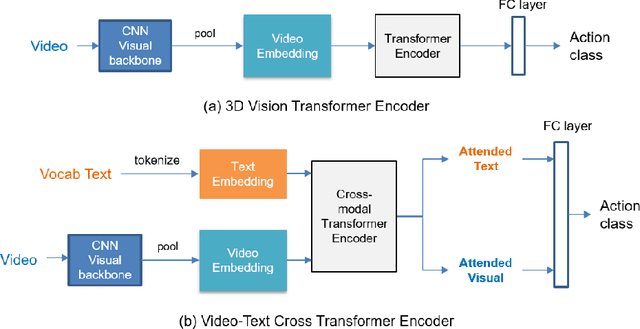


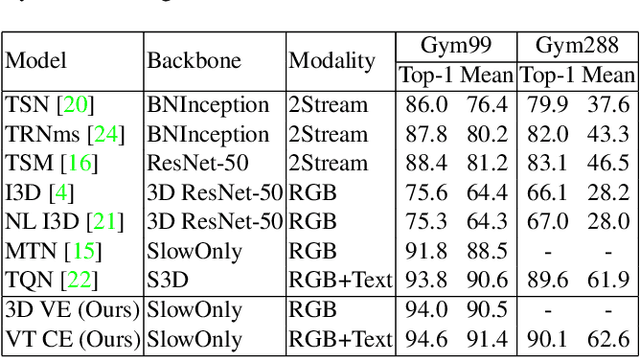
Abstract:Fine-grained action recognition is a challenging task in computer vision. As fine-grained datasets have small inter-class variations in spatial and temporal space, fine-grained action recognition model requires good temporal reasoning and discrimination of attribute action semantics. Leveraging on CNN's ability in capturing high level spatial-temporal feature representations and Transformer's modeling efficiency in capturing latent semantics and global dependencies, we investigate two frameworks that combine CNN vision backbone and Transformer Encoder to enhance fine-grained action recognition: 1) a vision-based encoder to learn latent temporal semantics, and 2) a multi-modal video-text cross encoder to exploit additional text input and learn cross association between visual and text semantics. Our experimental results show that both our Transformer encoder frameworks effectively learn latent temporal semantics and cross-modality association, with improved recognition performance over CNN vision model. We achieve new state-of-the-art performance on the FineGym benchmark dataset for both proposed architectures.
TAILOR: Teaching with Active and Incremental Learning for Object Registration
May 24, 2022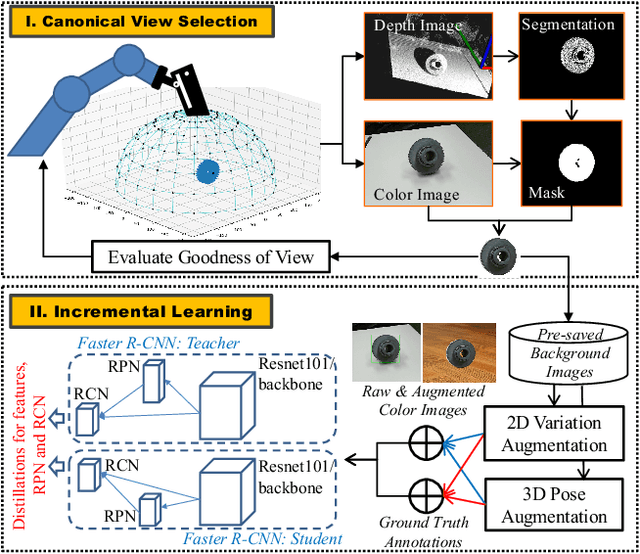

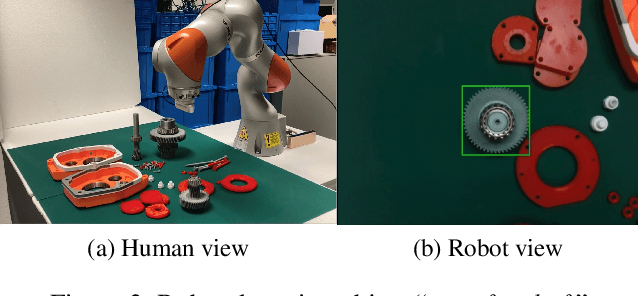
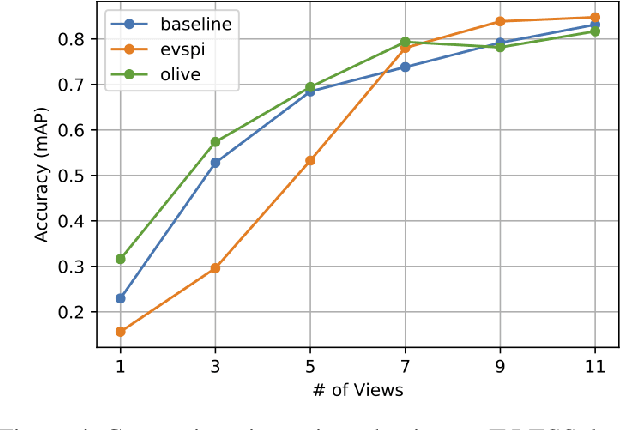
Abstract:When deploying a robot to a new task, one often has to train it to detect novel objects, which is time-consuming and labor-intensive. We present TAILOR -- a method and system for object registration with active and incremental learning. When instructed by a human teacher to register an object, TAILOR is able to automatically select viewpoints to capture informative images by actively exploring viewpoints, and employs a fast incremental learning algorithm to learn new objects without potential forgetting of previously learned objects. We demonstrate the effectiveness of our method with a KUKA robot to learn novel objects used in a real-world gearbox assembly task through natural interactions.
Joint Learning On The Hierarchy Representation for Fine-Grained Human Action Recognition
Oct 12, 2021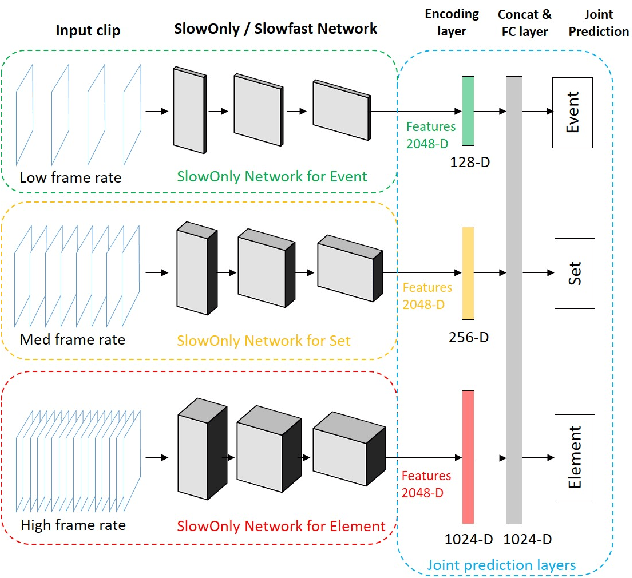



Abstract:Fine-grained human action recognition is a core research topic in computer vision. Inspired by the recently proposed hierarchy representation of fine-grained actions in FineGym and SlowFast network for action recognition, we propose a novel multi-task network which exploits the FineGym hierarchy representation to achieve effective joint learning and prediction for fine-grained human action recognition. The multi-task network consists of three pathways of SlowOnly networks with gradually increased frame rates for events, sets and elements of fine-grained actions, followed by our proposed integration layers for joint learning and prediction. It is a two-stage approach, where it first learns deep feature representation at each hierarchical level, and is followed by feature encoding and fusion for multi-task learning. Our empirical results on the FineGym dataset achieve a new state-of-the-art performance, with 91.80% Top-1 accuracy and 88.46% mean accuracy for element actions, which are 3.40% and 7.26% higher than the previous best results.
* Camera ready for IEEE ICIP 2021
A Survey of Embodied AI: From Simulators to Research Tasks
Mar 14, 2021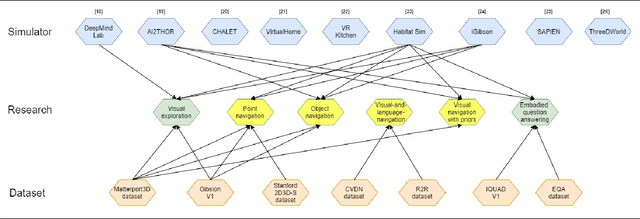
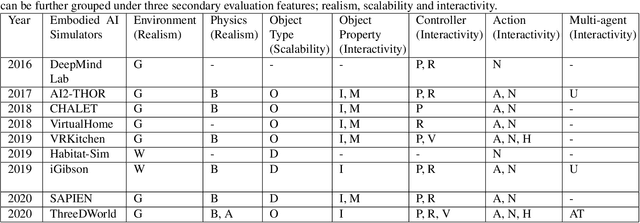
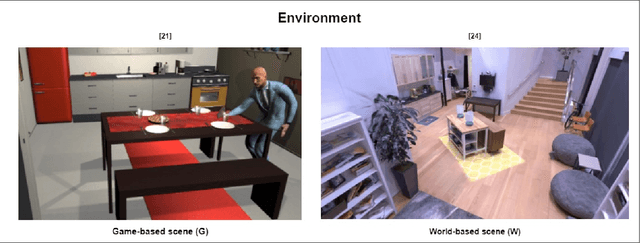
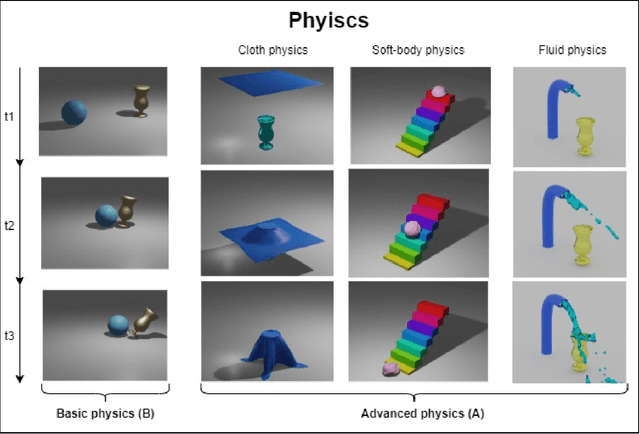
Abstract:There has been an emerging paradigm shift from the era of "internet AI" to "embodied AI", whereby AI algorithms and agents no longer simply learn from datasets of images, videos or text curated primarily from the internet. Instead, they learn through embodied physical interactions with their environments, whether real or simulated. Consequently, there has been substantial growth in the demand for embodied AI simulators to support a diversity of embodied AI research tasks. This growing interest in embodied AI is beneficial to the greater pursuit of artificial general intelligence, but there is no contemporary and comprehensive survey of this field. This paper comprehensively surveys state-of-the-art embodied AI simulators and research, mapping connections between these. By benchmarking nine state-of-the-art embodied AI simulators in terms of seven features, this paper aims to understand the simulators in their provision for use in embodied AI research. Finally, based upon the simulators and a pyramidal hierarchy of embodied AI research tasks, this paper surveys the main research tasks in embodied AI -- visual exploration, visual navigation and embodied question answering (QA), covering the state-of-the-art approaches, evaluation and datasets.
Actionet: An Interactive End-To-End Platform For Task-Based Data Collection And Augmentation In 3D Environment
Oct 03, 2020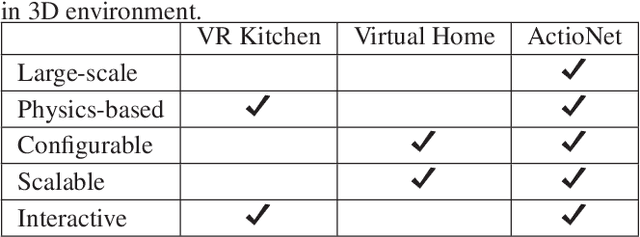

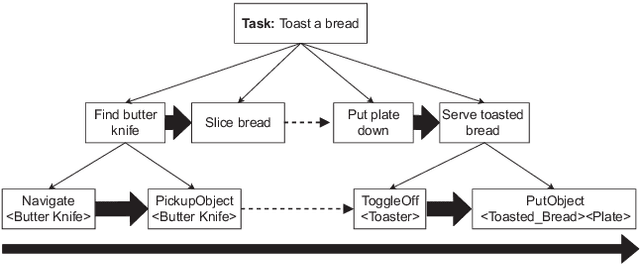
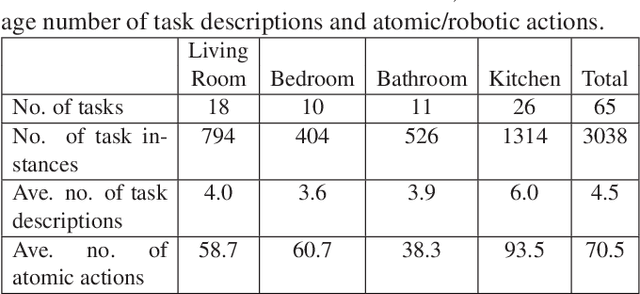
Abstract:The problem of task planning for artificial agents remains largely unsolved. While there has been increasing interest in data-driven approaches for the study of task planning for artificial agents, a significant remaining bottleneck is the dearth of large-scale comprehensive task-based datasets. In this paper, we present ActioNet, an interactive end-to-end platform for data collection and augmentation of task-based dataset in 3D environment. Using ActioNet, we collected a large-scale comprehensive task-based dataset, comprising over 3000 hierarchical task structures and videos. Using the hierarchical task structures, the videos are further augmented across 50 different scenes to give over 150,000 video. To our knowledge, ActioNet is the first interactive end-to-end platform for such task-based dataset generation and the accompanying dataset is the largest task-based dataset of such comprehensive nature. The ActioNet platform and dataset will be made available to facilitate research in hierarchical task planning.
 Add to Chrome
Add to Chrome Add to Firefox
Add to Firefox Add to Edge
Add to Edge